Experiencing Israel's biblical wonders
Every year, milions of people come on trips to Israel. Their reasons are varied - pristine beaches on Mediterranean coastlines, endless sunny days with beautiful blue skies, museums and art galleries, hiking trails, boutique vineyards and a foodie scene that’s taken the world by storm.
Dome of the Church of the Holy Sepulchre, Jerusalem. Photo by Adam Kring on Unsplash
Israel - Land of the Bible
But, for many visitors, the most important reason to visit is to take a biblical tour of the Holy Land - to see the many beautiful and extraordinary sights connected with the history of the country. Israel is a melting pot, and home to people of many faiths - Jews, Christians, Muslims…and for each, there are places that are incredibly important.
Walk in the Footsteps of Jesus
For Christians, a tour of biblical Israel is often the trip of a lifetime, giving them a chance, literally, to walk in the footsteps of Jesus and visit many of the places mentioned in their holy book. Whether it’s Bethlehem, where Jesus was born, Nazareth, where he spent his early years, Galilee, where he ministered and recruited his twelve disciples, or Jerusalem, where he was arrested, crucified, buried and then resurrected, taking a biblical tour in Israel will not disappoint.
Even better, for anyone curious about archaeology, the land of Israel is literally bursting at the seams with fascinating sites, dating back hundreds, if not thousands of years. Places of worship, fortresses and ancient cities that were built in different eras (Roman and Herodian, Byzantine, Crusader, Arab, Mamluk and Ottoman) are easily accessible and can really bring history to life before your very eyes.
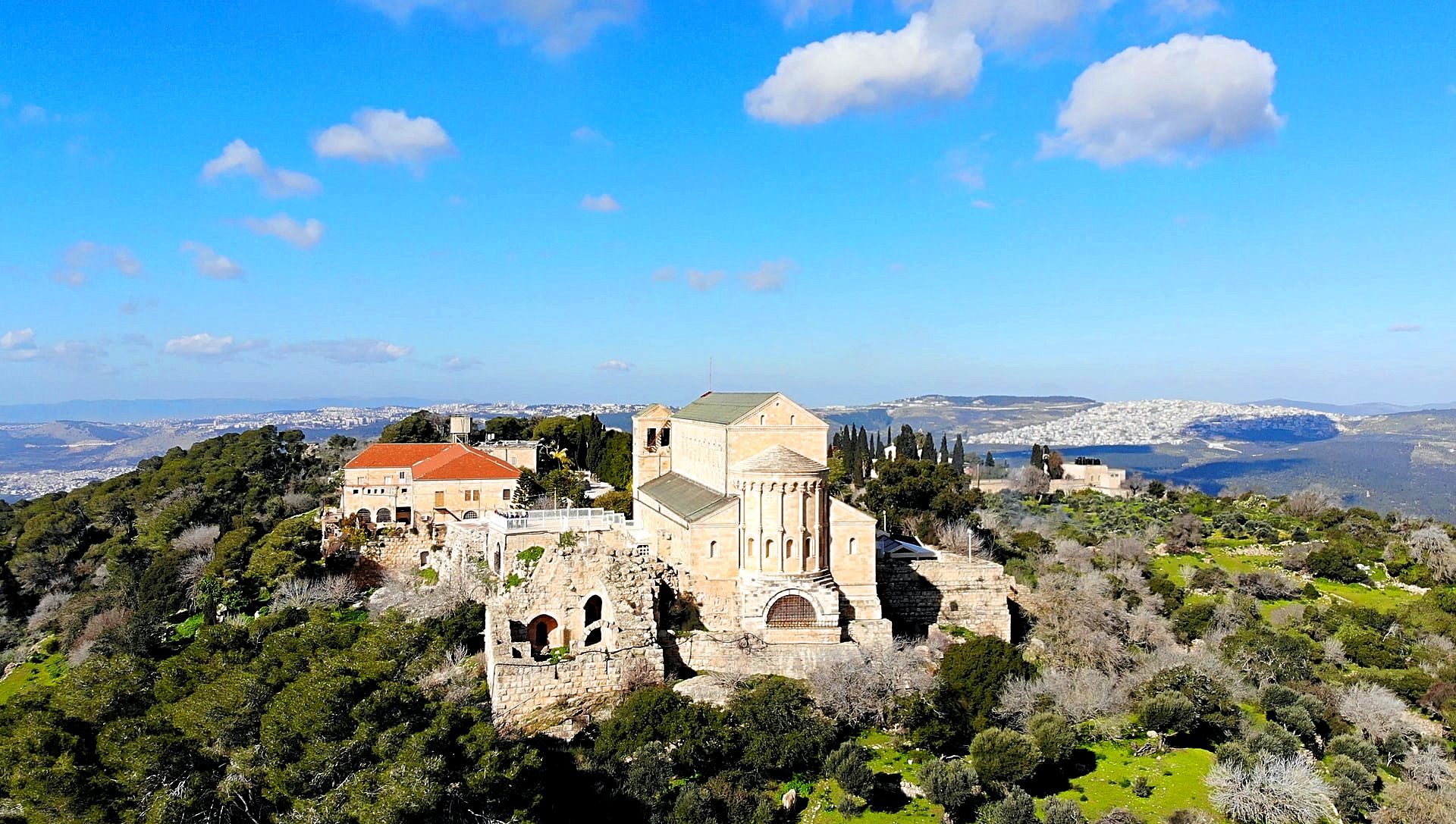
The Church of the Transfiguration, Mount Tabor, Israel. Photo by Joshua Lanzarini on Unsplash
The History of Christians in Israel
The history of Christian communities in the Holy Land dates back to the life and times of Jesus. After his death, the Apostolic church - particularly around Jerusalem - remained Judeo-Christian but after 130 CE, when Emperor Hadrian established Jerusalem as the Roman city of Aelia Capitolina, the church changed its composition.
Today, when exploring Israel, in particular Jerusalem, it really is possible to see a chain of continuity and survival of the Christian community in the country, despite the war, natural disasters and endless conquests. Many of the churches, convents, shrines and monasteries that pilgrims visit are sites associated with the earliest times of Christianity, back in Herodian and Roman times, and really give the visitor a sense of how Jesus lived.
In this article, we’ll be looking at the biblical side of Israel - places of worship dating back thousands of years, their architectural styles, and what their particular traditions were. This will help you understand what different Christian communities exist in Israel today, and how they have not just survived the centuries, but are thriving. We’ll also give you an idea of the ‘must sees’ on your visit, as well as famous archaeological sites in Israel.
Direction sign showing the way to the Garden Tomb, Jerusalem. Photo by Jonny Gios on Unsplash
How Many Christians Live in Israel today?
In 2022, Israel’s population stood at just under 9.5 million people. The majority of these are Jews, with a sizeable Muslim community, and then smaller communities, including Christians and Druze. Today, Christians account for about 2% of the country - about 182,000 people.
Approximately 76.7% of Christians in Israel are Arab and Christians make up 7% of Israel’s Arab population. Most of these people live in areas such as Haifa, Nazareth and Jerusalem, so for anyone coming on a biblical tour of Israel, these cities will surely be visited.
The Christian community in Israel can be broken down into four basic groups - Orthodox, Catholic (Latin and Uniate), Protestant and Non-Chalcedonian (Monophysite). Apart from the Armenian church, most of these communities use Arabic as their lingua franca and many of them may well be the earliest descendants of Christians born in the Byzantine period.
What Places Should I Visit on a Biblical Tour in Israel?
Israel is a small country, with very many sites of interest for Christians. However, if you really want to get the most out of your visit, taking an organised day tour or private tour is a good way of seeing a great deal in the shortest time. You’ll also have the services of a professional guide, whose job it is to answer every last question you have.
The good news is that it’s easy to take an organised tour of biblical sites in Israel, as well as specific Christian tour packages. They run regularly and in many languages and set off both from Tel Aviv and Jerusalem, so all you need to do is find one that suits you. Here are a few of the top holy sites in Israel we’d recommend, with links to specific tours you can take…
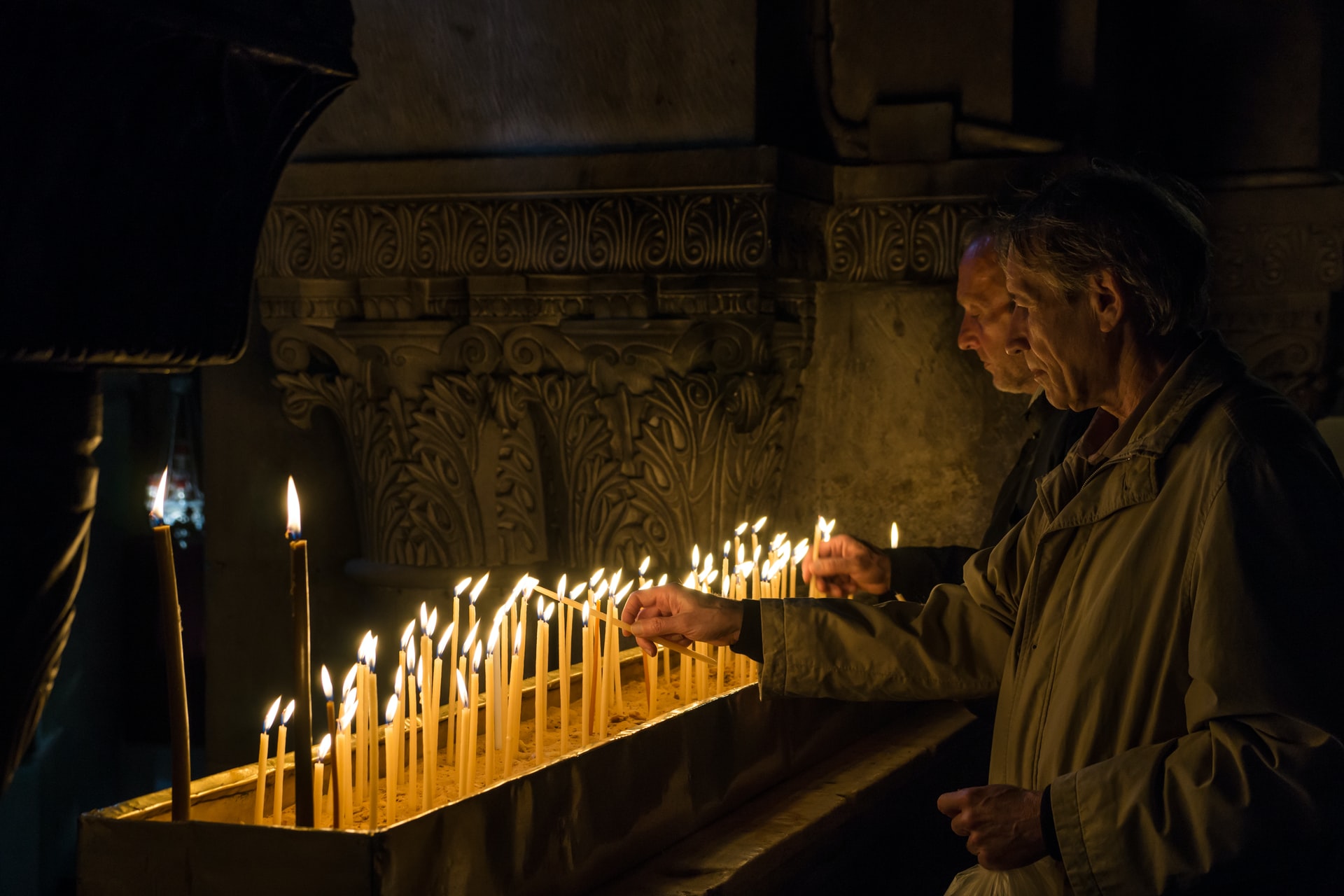
Pilgrims lighting candles in the church of the Holy Sepulchre in Jerusalem. Photo by Peter Aschoff on Unsplash
The Biblical Sites of Jerusalem
Arguably the holiest city in the world, there is no shortage of sites to see in Jerusalem - in fact, you could spend weeks, if not months, exploring the churches and Christian sites of the Old City of Jerusalem. Divided into quarters (Muslim, Christian, Jewish and Armenian), the Christian quarter is the second-largest and most marvellous place to explore, wandering through its narrow alleyways. The Christian quarter of the Old City is most easily entered through the Jaffa Gate and is a huge draw for most visitors, with a wealth of attractions which include:
The Church of the Holy Sepulchre - the most sacred site in the world for Christians, it is filled with magnificent artwork, shrines and altars and can hold up to 8,000 people. The original structure was built by the mother of Constantine the Great, on what she considered to be the hill of Golgotha and the tomb in which he was subsequently placed.
Inside, pilgrims can walk up a small staircase to the Place of the Crucifixion, and also see the Stone of the Unction, where tradition holds that Jesus’ body was prepared for burial here. All year round, pilgrims flock here, and in the week between Palm Sunday and Easter Sunday the Christian quarter of the Old City takes on a more serious (and subsequently joyful) tone.
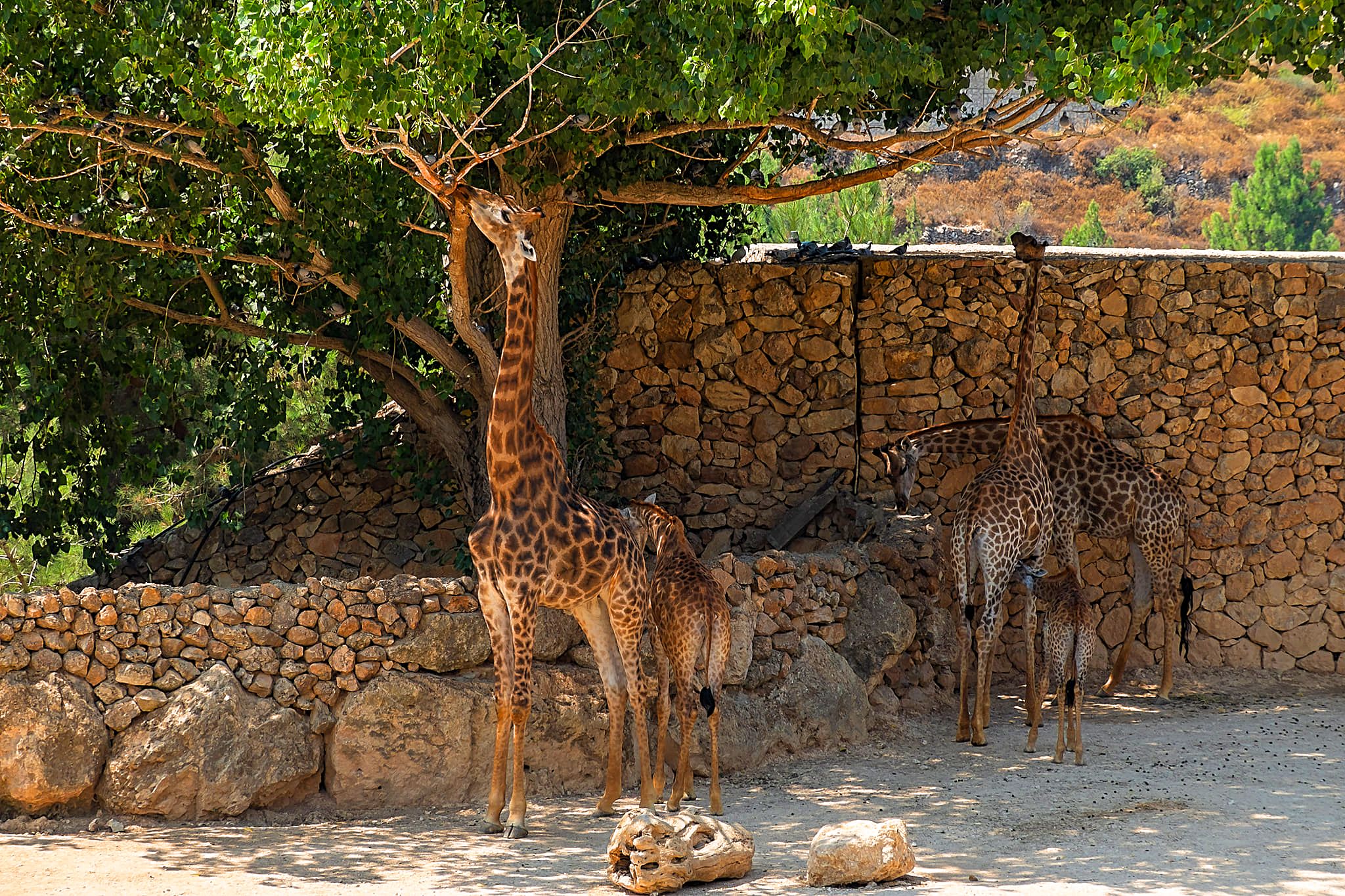
Jerusalem Biblical garden, Israel. Photo credit: © Dmitry Mishin
Fun fact: as you explore the church, pay attention to its stone walls, in which you will see inscribed thousands of tiny crosses. These were made by the Crusaders, who took shelter here after making their holy pilgrimage from Europe.
Via Dolorosa - in Latin meaning ‘the Path of Sorrow’ in Latin is the traditional path Jesus took en route to his crucifixion, stopping at points along the way which are now known as ‘Stations of the Cross.’ Established in the 18th century, it runs through the Old City, beginning close to the Lions' Gate and ending at the Church of the Holy Sepulchre. It is a place of contemplation and prayer, and comes alive particularly on Good Friday, at the annual procession.
Temple Mount - this walled compound within the Old City, houses the famous ‘Dome of the Rock’. Whilst the debate usually focuses on Jews versus Muslims, it certainly has religious significance for Christians too, since it was here that Jesus came, studied, learned and argued with the leaders of the Temple at that time (an act which, it is argued, led to his eventual arrest and killing).
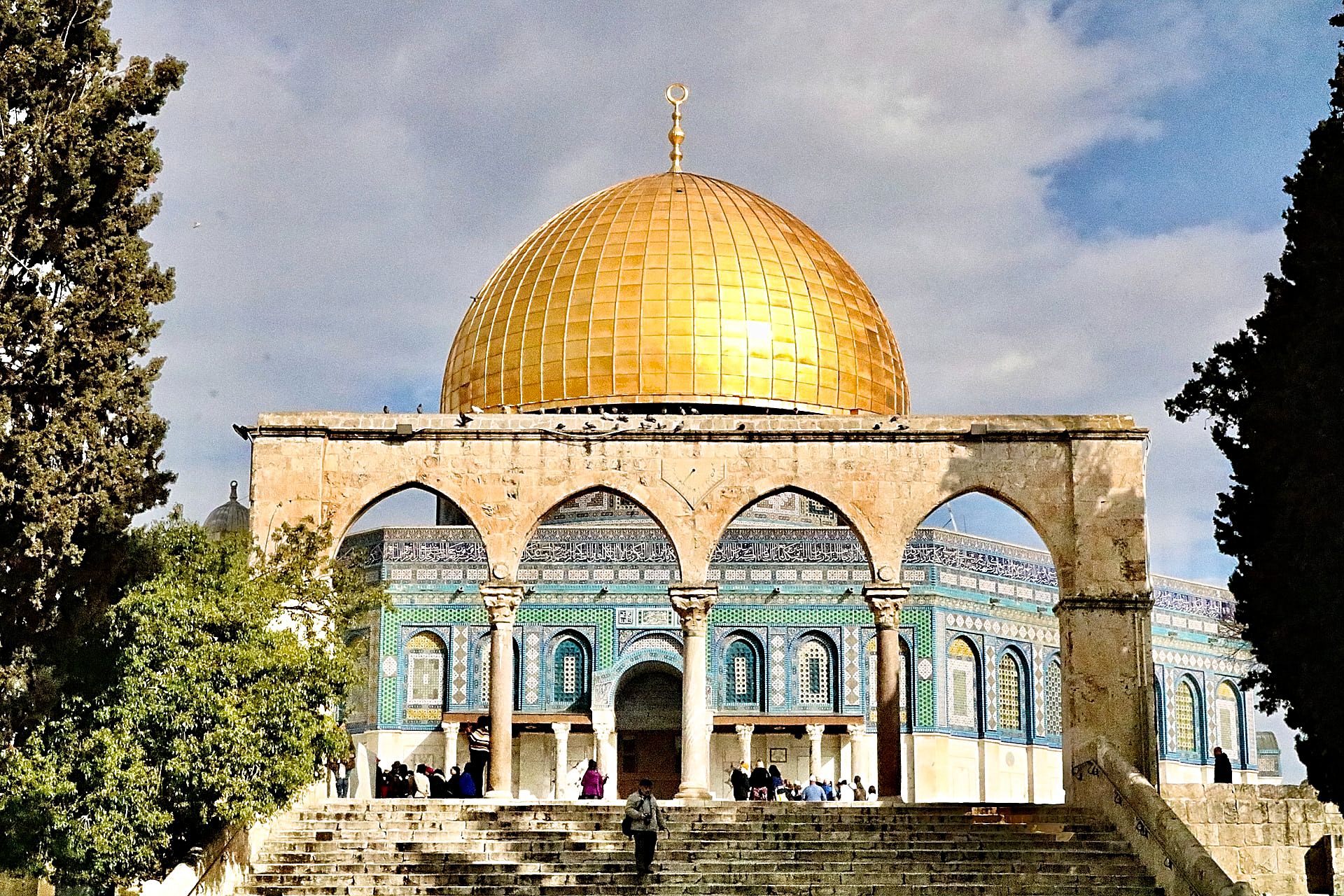
Temple Mount, Jerusalem, Israel. Photo by Jorge Fernández Salas on Unsplash
Mount of Olives, Jerusalem
East of the Old City, Mount of Olives is the place where Christians believe Jesus ascended into heaven. It is a very special place for believers and home to many interesting sights, including the Church of All Nations - also known as the Basilica of the Agony, and built on the ruins of a 4th-century basilica and a 12th century Crusader chapel. The beautiful interior is built on Corinthian columns and a mosaic, portraying Jesus as a mediator between God and man.
Dominus Flevit - this Roman Catholic church offers splendid views of the Temple Mount and is the spot at which Jesus stood and foresaw the destruction of Jerusalem by the Romans, before weeping (the church’s name actually means ‘the Lord Wept’). Designed in the shape of a teardrop (representing Jesus’ tears) its impressive western window (which looks out on the Old City) makes for marvellous photographic opportunities.
Garden of Gethsemane - at the foot of the Mount of Olives, this is the spot at which Jesus prayed and was later arrested, the night before his crucifixion. Church of the Pater Noster - meaning ‘Our Father’ in Latin, the importance of this church is bound up with Jesus’ teaching of the Lord’s Prayer here, to his disciples. Indeed, throughout the cloister and church, you can see beautiful ceramic plaques on which this prayer is translated into no fewer than 140 languages.
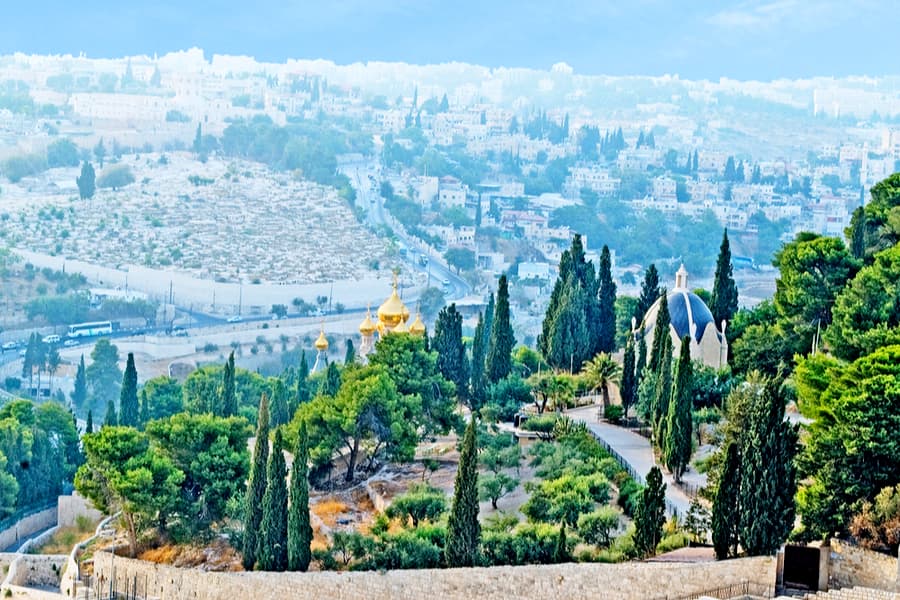
Mount of Olives, Jerusalem. Photo credit: © Shutterstock
The Biblical Sites of Bethlehem
Church of the Nativity - one of the oldest working churches in the world today, was first built by Emperor Constantine in 4 CE over the grotto where, according to Christian tradition, Mary gave birth to Jesus. Walking down two flights of stairs, a fourteen-point silver star marks the exact spot where the Son of God came into the world.
Today, custody of the Nativity Church is shared by three denominations - Roman Catholic, Greek Orthodox and Armenian and - of course, it is a focal point of any tour, Each year, on Christmas Eve, there are celebrations in Bethlehem as well as a public mass, attended by thousands, which is held in Manger Square.
Shepherds' Fields - situated in Beit Sahour, about 1km east of Bethlehem, this is the spot where - according to Catholic tradition - angels announced the birth of Christ. Nearby is the Shepherd’s Field Chapel (adorned, inside, with beautiful frescoes depicting the nativity scene) and also the Greek Orthodox chapel of Dar El Rawat.
Mar Saba Monastery - dating back to the 5th century, this Greek Orthodox monastery overlooks the Kidron Valley and, to this day, maintains many of its traditions (including forbidden entrance to women, past the main entrance). Its thick walls and small windows are reminiscent of a fortress, and its remote location, around 15 km from Bethlehem, and down a steep road, means it is difficult to reach independently, thus best seen as part of a private tour.
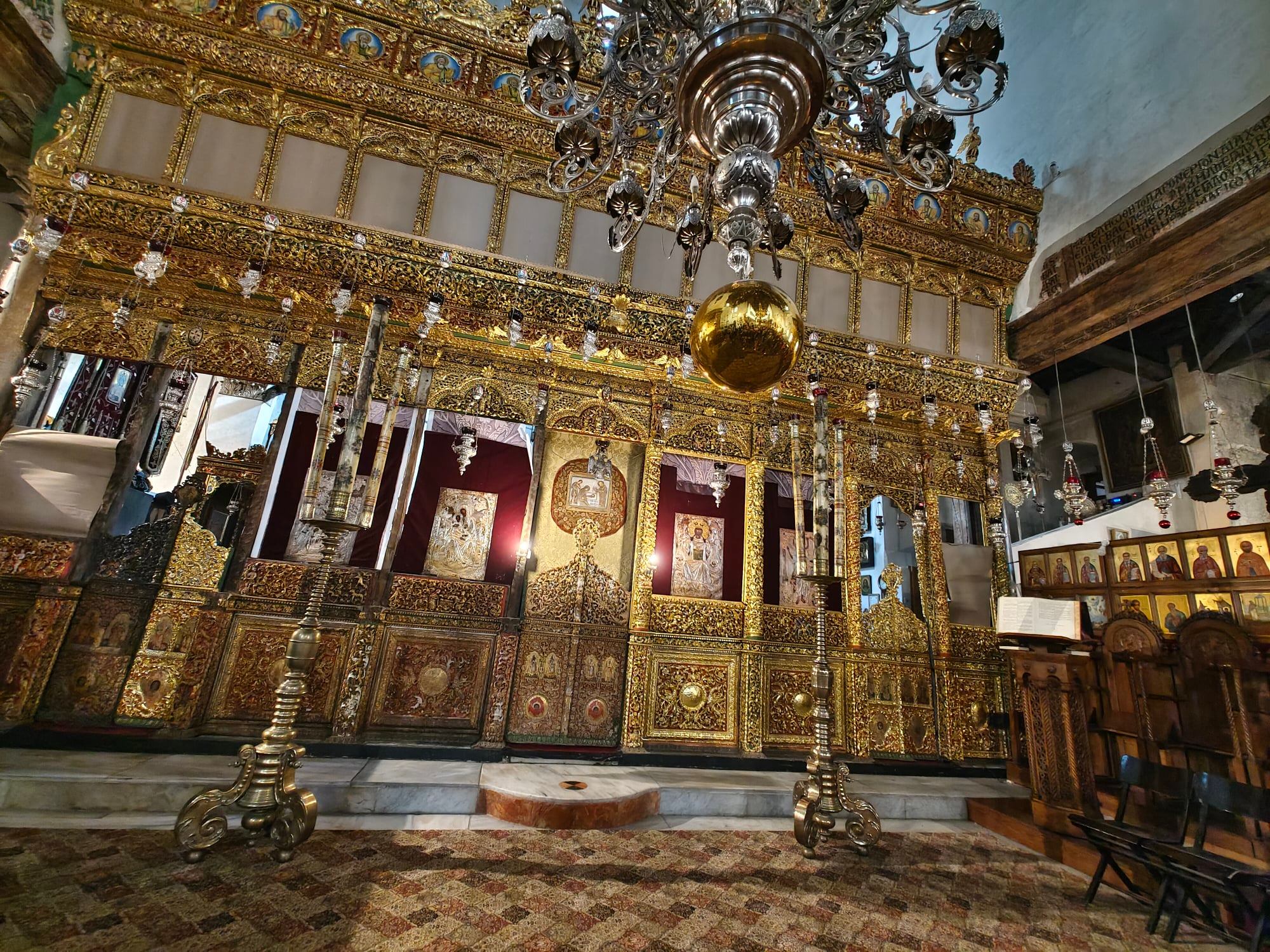
The interior of Nativity Church, Bethlehem. Photo credit: © Dmitry Mishin
The Biblical Sites of Jericho, the Dead Sea and Masada
In biblical times, it was the city of Jericho where Joshua fought his famous battle and, in the words of the song, ‘the walls came tumbling down.” Here also lies the Mount of Temptation which is where Jesus was tempted by the devil. Not too far away lies the ancient fortress of Masada, one of Israel’s top attractions and full of astonishing Herodian excavations.
Built as a palace for the King, it stands atop a mountain, overlooking the wilderness of the Judean desert and really takes one’s breath away. From there, it’s an easy journey - by car - to the Dead Sea, where you can float in the salty waters and slather yourself in black mud (which is excellent for the skin!). Because public transport is rather limited in these areas, by far and away the most convenient way to see these places is with a Masada group tour or a private tour.
The Biblical Sites of Nazareth
Church of the Annunciation - this is where the Angel Gabriel appeared to the Virgin Mary and announced to her that she would conceive and bear Jesus, the Son of God. It was founded around the same time as the Church of the Holy Sepulchre and the Church of the Nativity and has a splendid basilica, designed by Italian architect, Giovanni Muzio. Outside the courtyard is decorated with beautiful mosaics, donated by communities from across the globe.
Church of St. Joseph - close to the Basilica, this Franciscan Roman-Catholic church was built over the remains of much older churches. According to tradition, it stands above what was once the carpentry workshop of Joseph, the husband of Mary.
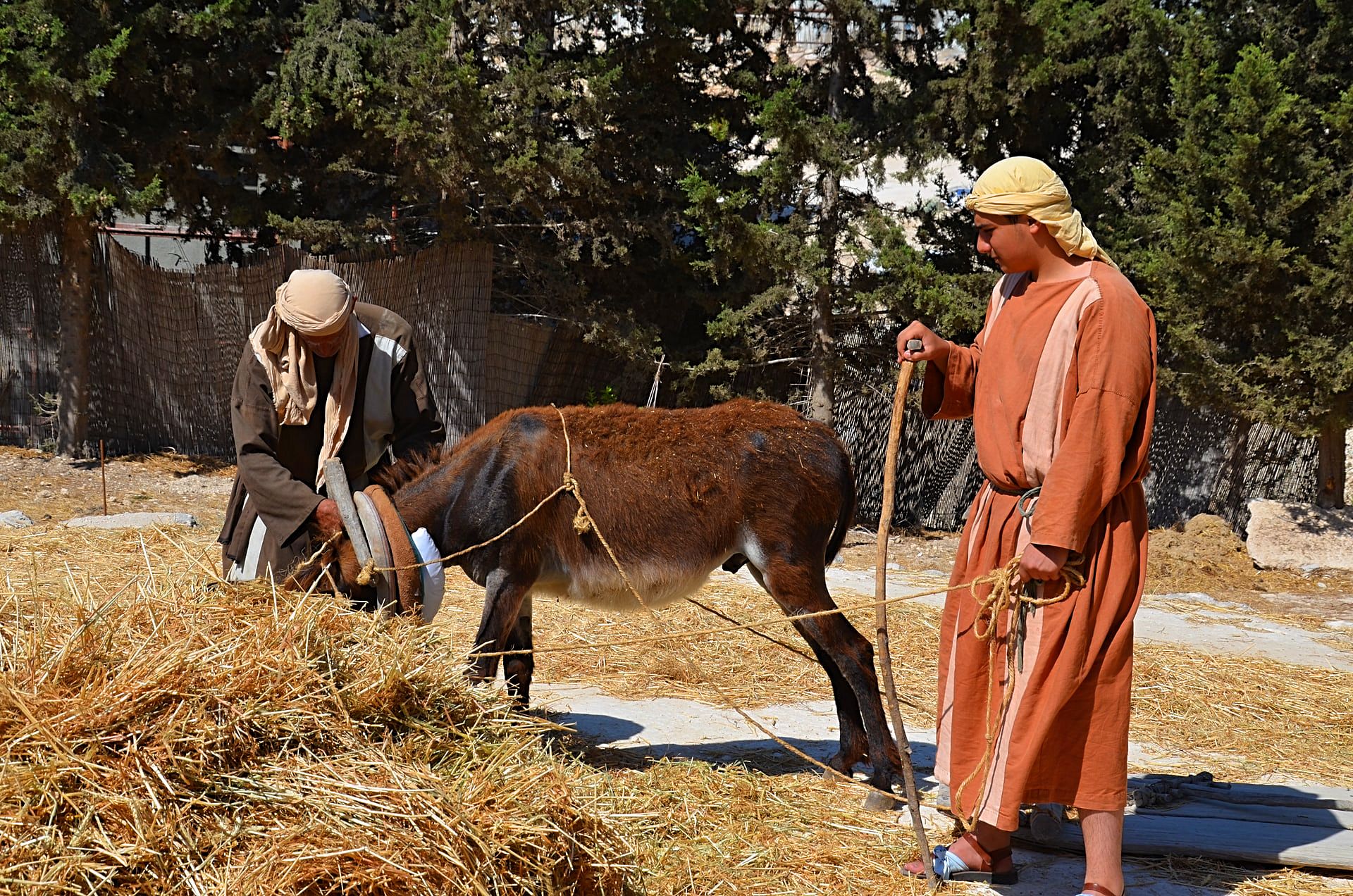
Donkey in Nazareth, Israel. Photo by Jonny Gios on Unsplash
The Biblical Sites of Galilee
Any highlight of an Israeli biblical tour has got to be a trip to the Galilee, in northern Israel. This is where Jesus spent much of his time ministering and performing miracles - turning water into wine, raising the dead, walking on water and transforming two fishes and five loaves of bread into sufficient food to feed a crowd of 500 people.
Church of the Beatitudes -- this is the spot at which Jesus gave his famous ‘Sermon on the Mount‘. Built on the site of a 4th century Byzantine church, its octagonal design represents the eight beatitudes (‘blessings’) and, inside, seven virtues - charity, faithy, hope, justice, prudence, temperance and fortitude) are symbolised on the mosaic floor.
Yardenit - located at the southern tip of the Sea of Galilee, on the banks of the River Jordan, this is where Christian pilgrims from around the globe come to be baptised, replicating the baptism that Jesus undertook by John the Baptist, thousands of years earlier.
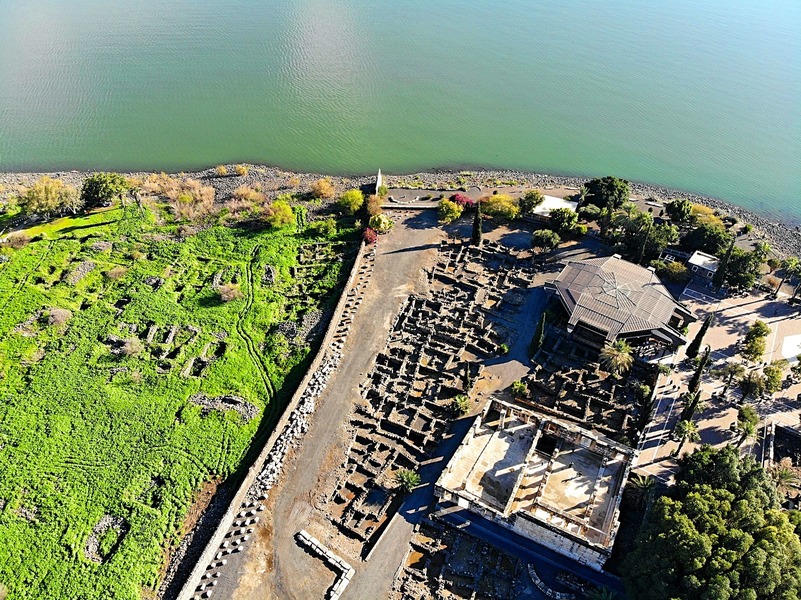
Capernaum, a biblical village in Galilee, Israel.
Photo by Joshua
Lanzarini on Unsplash
Church of Multiplication - located in Tabgha, a church and monastery were built here in the 5th century to commemorate the miracle of the feeding of the five thousand. Parts of the exquisite mosaic floors (which are rare in Byzantine churches) were unearthed in archaeological excavations, and depict the flora and fauna of Galilee.
Megiddo - In the New Testament, Megiddo is referred to as Armageddon and, according to prophecy, it is the spot where a great battle will take place at the ‘end of days’ i.e. before the Second Coming of Jesus. Today it is a splendid national park, full of archaeological finds including an 80- metre long aqueduct that supplied this ancient Canaanite city with spring water. An excellent way to see it is on a private tour of Megiddo and Nazareth.
If you are interested in biblical sites in Israel, feel free to join one of our Day Christian Tours or a Christian Israel Package.
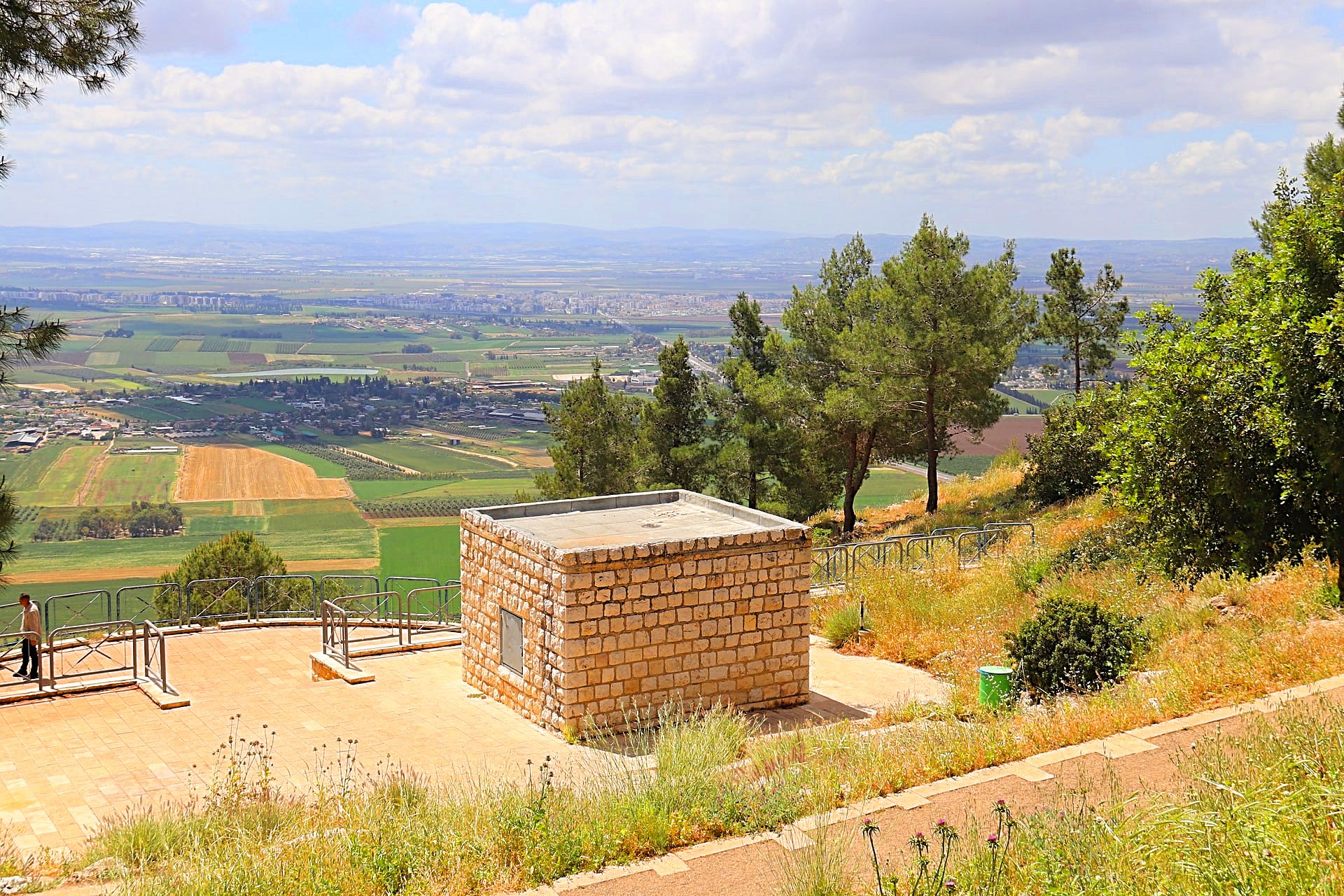
Mount Precipice, Nazareth, Israel. Photo by Shalev Cohen on Unsplash
 Login / Register
Login / Register
 Contact Us
Contact Us
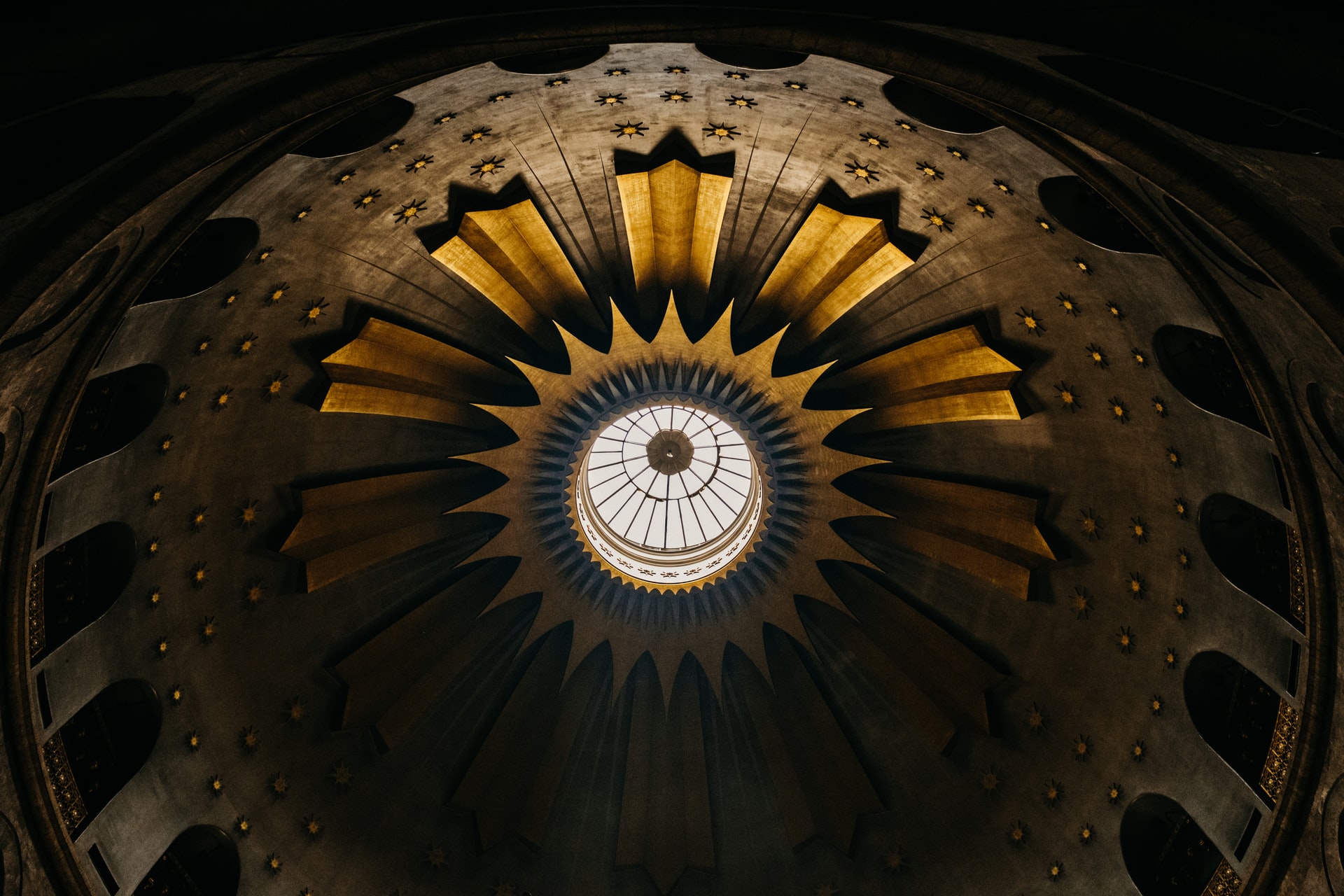
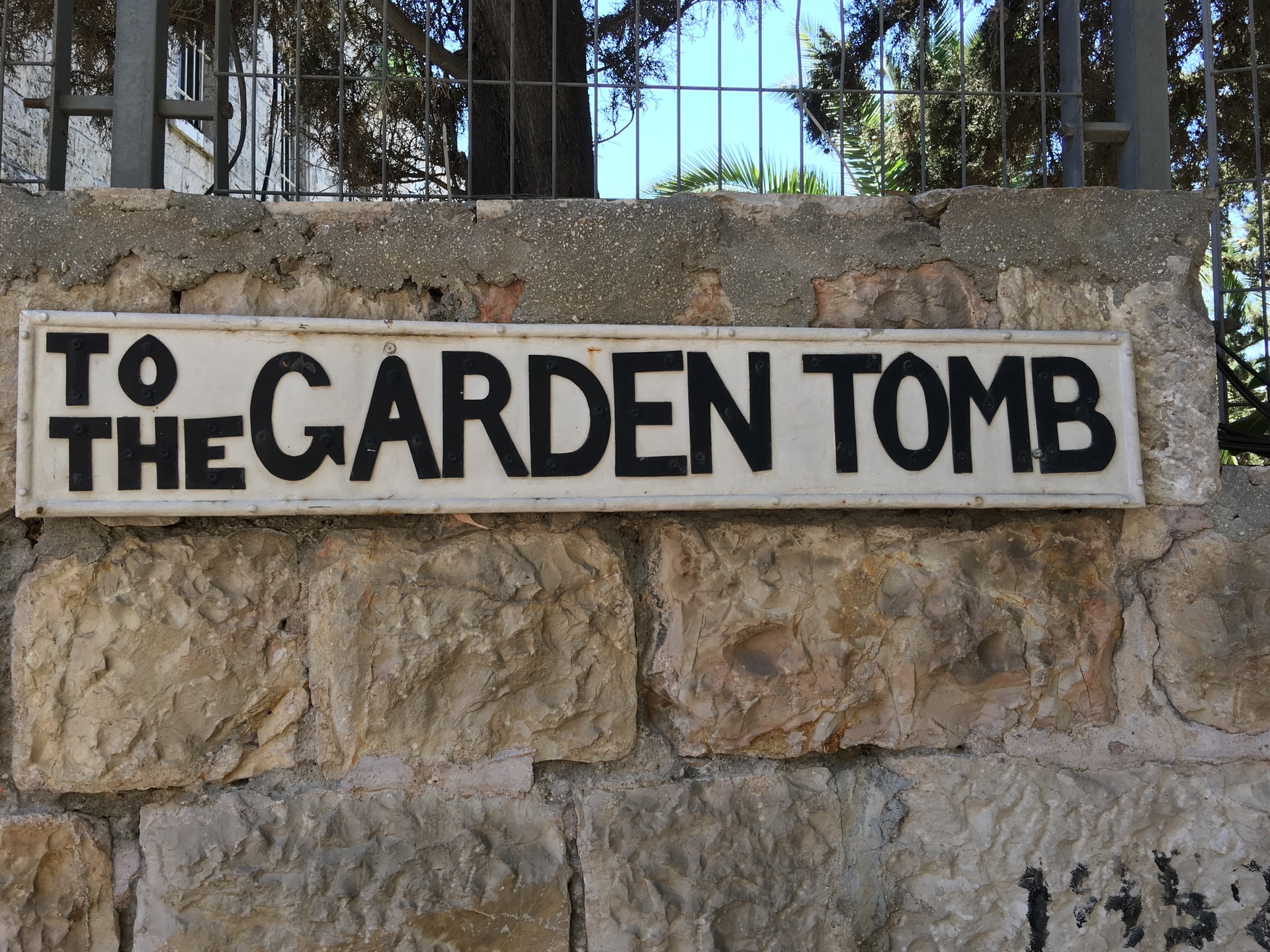
 Certificate of Excellence
Certificate of Excellence Guaranteed Departure
Guaranteed Departure Low Prices Guaranteed
Low Prices Guaranteed 24/7 Support
24/7 Support




